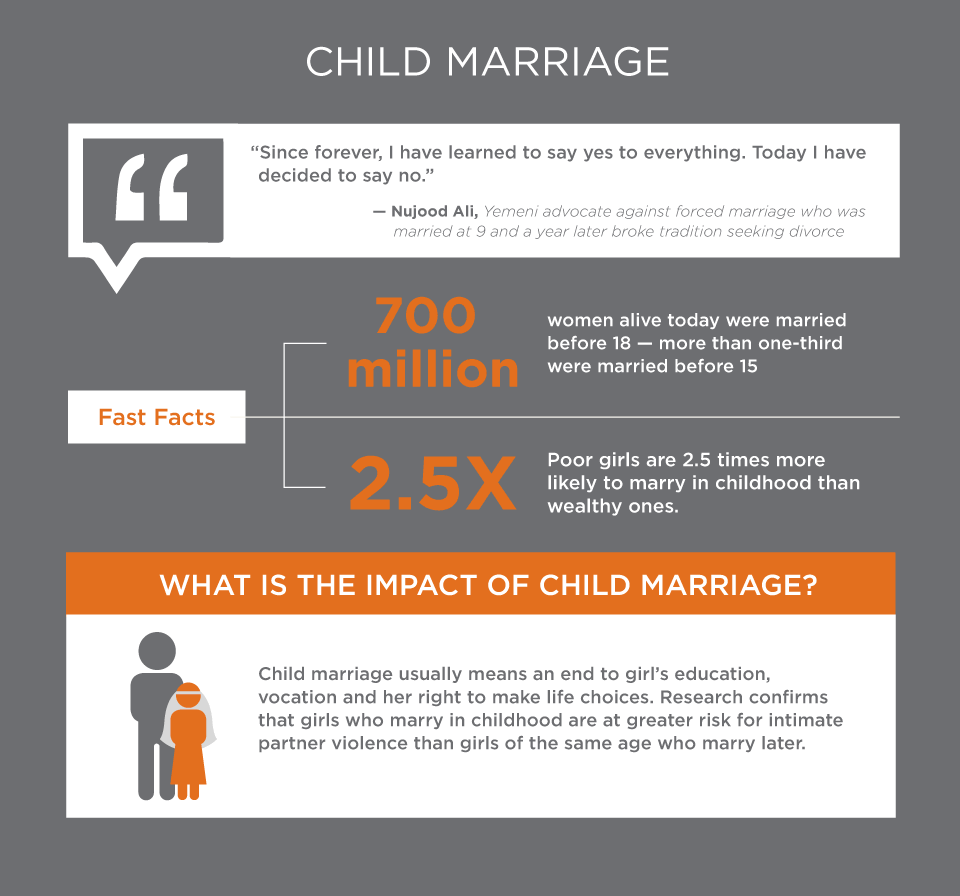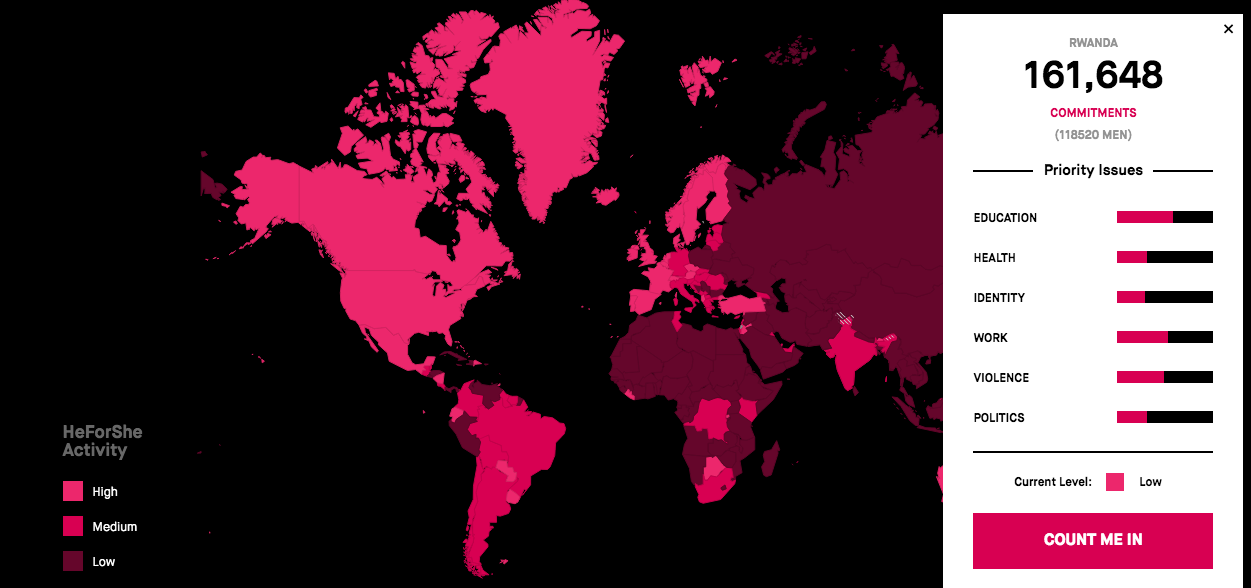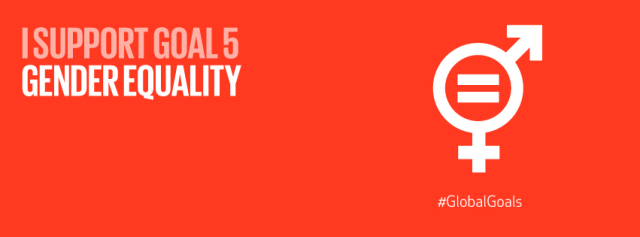It is International Day of the Girl Child, and with 1.1 billion girls in the world it most certainly is an important topic. The theme this year is ‘Girls progress = goals progress: a global girls data movement’ based on the idea that ‘what gets counted gets done.’
In a sense, we know that the global goals rely on one another; if we want to achieve a better world for everyone we must be mindful of the inclusion of the girl child (and indeed women) who historically (and in many parts of the world, currently) suffer discrimination or harmful actions based on their gender.
That is not to say that we should not also be mindful of the boy child (or other gender identities) and indeed the injustices that boys and men suffer too around the world. As humans we find it easier to understand issues when we compartmentalise them, so lets use today to take stock of where we might be for realising the global goals for today’s girls.
Below is a collection of resources that may useful for examining the lives of girl children in the world today. For example child marriage and migration, as well as empowerment and the support of men.
1. This UN WOMEN’s infographic on child marriage.

UN WOMEN also highlight facts on child marriage, which set the context on this issue:
- “Globally, one in seven adolescent girls aged 15 – 19 are currently married or in union” [1].
- In developing countries (excluding China), one in every three girls is married before reaching age 18. This means the futures of 47,700 girls are derailed every day [2].
- Girls who are married early often face a cascade of other human rights abuses. They are more vulnerable to physical and sexual violence. They are often pulled out of school to take on domestic responsibilities. They are less able to advocate for themselves and their rights [3].
- Child marriage is often followed by pregnancy, even if a girl is not yet physically or mentally ready. Every day, over 20,000 girls under age 18 give birth in developing countries—over 7 million a year [4].
- Educated girls are more likely to delay marriage and pregnancy. With secondary schooling, girls are up to six times less likely to marry as children compared to girls who have little or no education [5].
- Across the globe, rates of child marriage are highest in sub-Saharan Africa, where around 4 in 10 girls marry before age 18; about one in eight were married or in union before age 15. This is followed by Latin America and the Caribbean and the Middle East and North Africa, where 24 per cent and 18 per cent, respectively, of women between the ages of 20 and 24 were married in childhood [6] .
2. The ‘Women Win’ Campaign which aims to ‘equip adolescent girls to exercise their rights through sport.’
Historically sport was for boys and men, but in recent times we have seen a surge of participation in sport by amazing women. Take Katie Taylor, Ronda Roussey, Holly Holms, The Dutch Hockey Team, the US soccer team… women are making their mark on the world of sport. This project in particular ‘leverage (s) the power of play to help girls build leadership and become better equipped to exercise their rights.’
The below video is a representation of one such project (implemented in partnership with Women Win and Brazil’s National Olympic Committee, and supported by the Swedish Postcode Lottery Sport Foundation and Always LikeAGirl) in Brazil, who have taken many young women and explored issues relating to their lives through sport.
You can read more about their project here.
3. The ‘HeforShe’ Campaign website, which hosts an interactive map highlighting men’s support for women’s issues in the world

An interesting point that is brought up by the ‘HeforShe‘ campaign among many others is that we cannot achieve Goal 5 for Gender Equality without men. Indeed many, many men highlight women’s issues and support women (and girl children). For example, Rwanda, United States, Mexico, United Kingdom and Equador have the most men currently signed up to support. There’s loads of other information on this site too; about education, health, identity, work, violence and politics.
4. This video which tells the story of a Syrian refugee girl desperately trying to find her family.
The current refugee crisis has been widely described as the biggest humanitarian crisis of our time. Of course, many girl children are caught up along the various aspects of the crisis.
This story in particular highlights a suffering which some girl children are facing right now. If we are to make noise about the various aspects of the lives of girls today, we cannot forget about the lives of those fleeing conflict, poverty and climate change and all of the suffering that they face.
5. Follow the twitter stream live #DayoftheGirl
As the theme for this year’s day of the girl child states, its important to keep up with current trends. What gets counted gets done. Follow the latest news from the day on the Twitter stream below.

